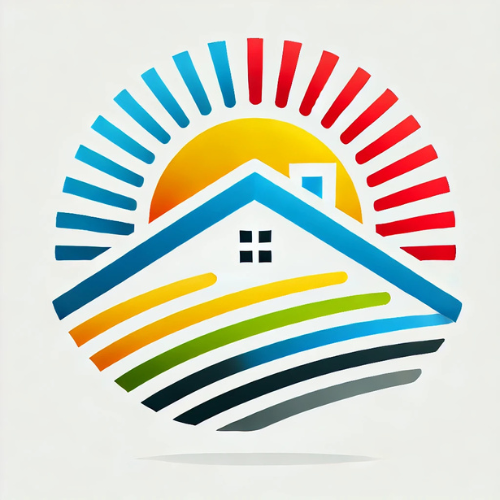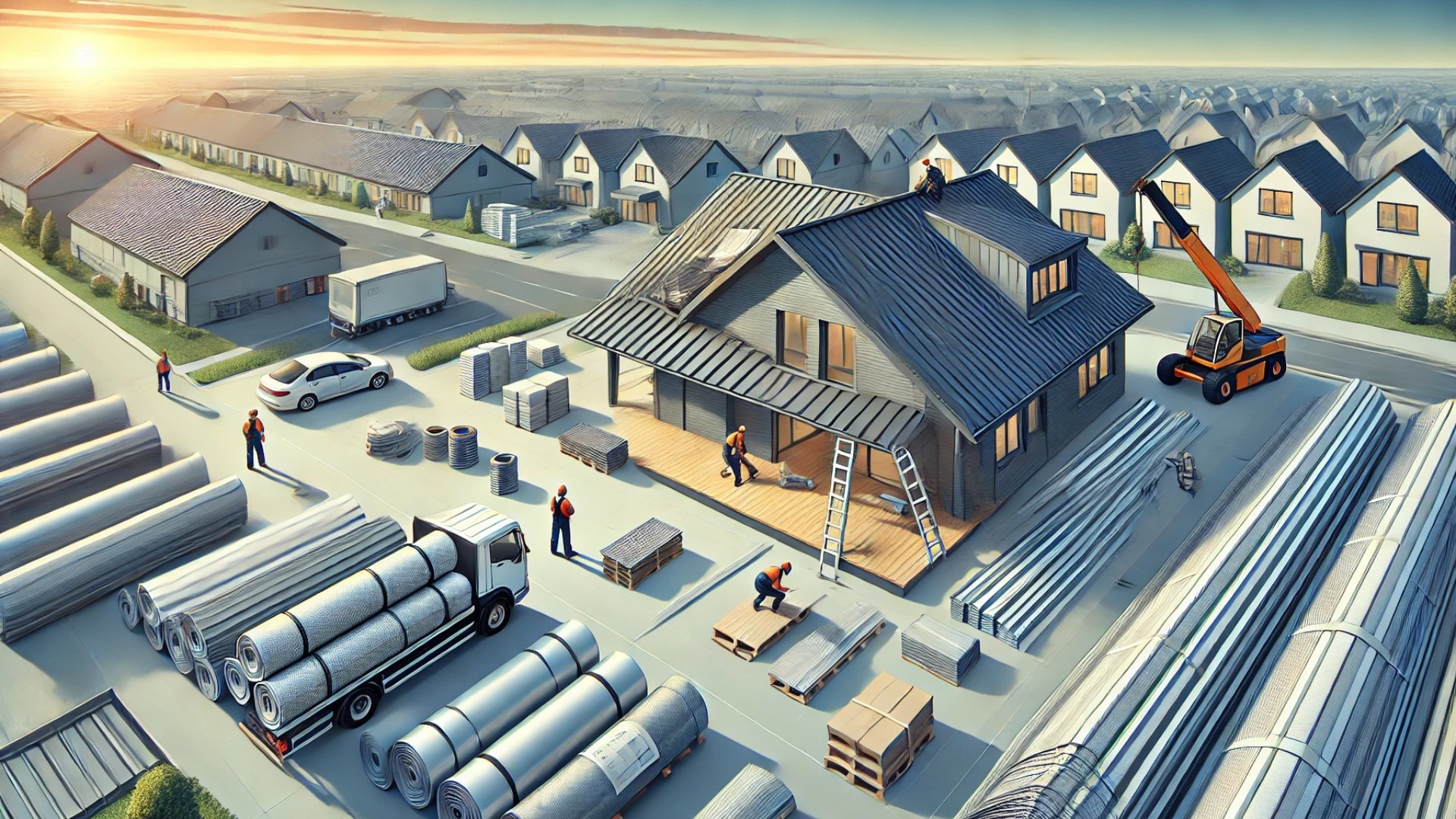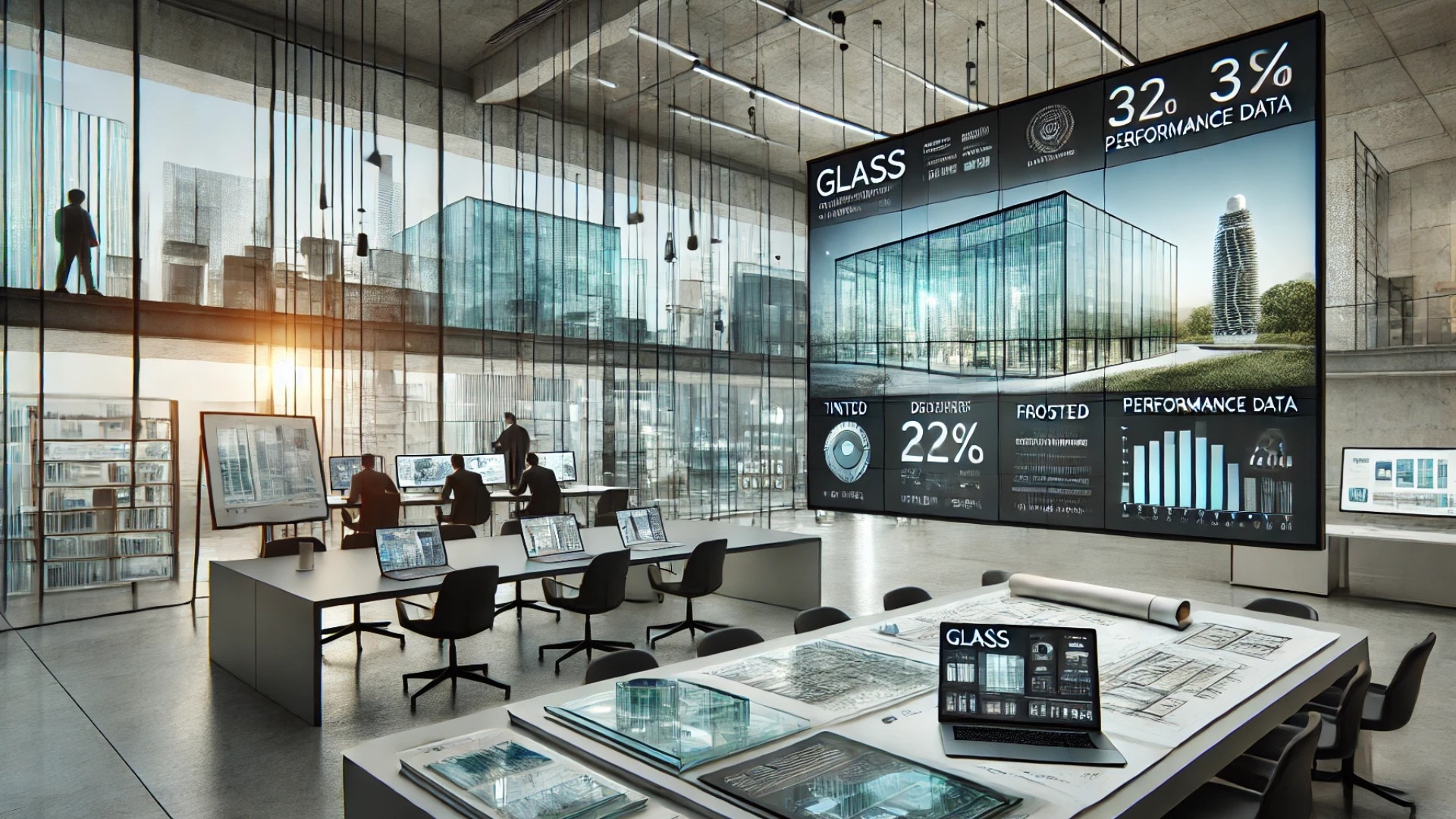
Recognizing Innovation in Green Technology
The announcement of Advanced Architectural Products (AAP) as the recipient of the 2025 Green Tech Award by the Climate Action Museum marks a significant milestone in the trajectory towards sustainable building solutions. This accolade acknowledges not only excellence in environmental stewardship but also highlights innovations that make a tangible impact on reducing carbon footprints in architectural design.
The Significance of the Green Tech Award
The Green Tech Award celebrates products and initiatives that advance sustainability in construction, a sector that is often scrutinized for its environmental impact. By awarding AAP, the Climate Action Museum draws attention to technologies that prioritize both performance and environmental responsibility. As the construction industry adapts to new sustainability criteria, awards like this serve to guide future investments and design trends.
Advanced Architectural Products’ Winning Technologies
AAP has made headlines with their cutting-edge solutions that combine durability with green technology. Their products, which include eco-friendly roofing materials and energy-efficient facade systems, are designed to last longer, perform better and contribute less to the waste stream. These materials are not just an aesthetic choice; they integrate seamlessly into existing architectural frameworks while decreasing overall energy consumption.
Future Trends in Sustainable Architecture
As we look ahead, the emphasis on sustainability in building design is expected to grow. This aligns with trends indicating that consumers and investors are increasingly favoring products with a low environmental impact. Furthermore, regulatory pressures are likely to magnify this trend, as governments across the globe tighten sustainability standards in the construction sector.
The Broader Impact on the Industry
The recognition of AAP is also a call to action for other companies within the building materials sector. As more organizations seek to align their practices with sustainable principles, the competition will intensify. This shift not only fosters innovation but also offers businesses a unique selling proposition in an increasingly eco-conscious marketplace.
Decisions Stakeholders Can Make
Understanding the impact of green technologies can significantly influence purchasing decisions for both consumers and industry professionals. Stakeholders should consider incorporating sustainable solutions into their projects to not only enhance their buildings’ value but also minimize operational costs through energy savings.
Conclusion: A Shared Responsibility
The accolade presented to Advanced Architectural Products is indicative of a broader movement towards sustainability in architectural design. Each step taken to embrace eco-friendly solutions fosters not just a better built environment but also a healthier planet. Therefore, as we advance into the future of construction, prioritizing sustainable materials and innovative designs will resonate as an ethical imperative and a sound investment for generations to come.
 Add Row
Add Row  Add
Add 

 Add Row
Add Row  Add Element
Add Element 




Write A Comment